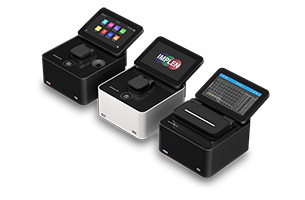Pre- and postprandial effects on ghrelin signaling in the brain and on the GH/IGF-I axis in the Mozambique tilapia (Oreochromis mossambicus).
The discovery of ghrelin (GRLN) has broadened our understanding of the regulation of energy homeostasis in vertebrates. In addition to stimulating growth hormone release from the pituitary, GRLN has been implicated as a hunger signal stimulating food intake in mammals and goldfish. Indeed, GRLN levels rise preprandial and fall following a meal. The current study investigated pre- and postprandial changes (3 h before and after a meal) in GRLN signaling in the tilapia (Oreochromis mossambicus). Significant elevations in preprandial brain mRNA levels of the GRLN receptor (GHS-R1a) and GRLN were observed; though not significant brain neuropeptide Y (NPY) mRNA levels did increase preprandially. GHS-R1b, and NPY mRNA levels were reduced significantly 3 h after a meal; whereas GHS-R1a levels were unaltered postprandially. Brain ghrelin mRNA levels exhibited a transient significant increase 1 h postprandially. Tilapia that missed the scheduled feeding exhibited no changes in brain GHS-R1a, GRLN and NPY postprandial mRNA levels; whereas GHS-R1b mRNA levels were significantly reduced 1 and 3 h postprandially. Brain GHSR preprocessed RNA (heteronuclear mRNA) levels were significantly elevated 3 h preprandially. GHS-R hnRNA levels were significantly elevated 1 h postprandial in fed and fasted tilapia. No preprandial rise in plasma GRLN was observed. Following a meal, plasma GRLN levels were significantly elevated; whereas there was no change in tilapia missing the scheduled feeding. Stomach mRNA levels of GRLN rose preprandially and remained unchanged following a meal. In animals that missed the scheduled feeding stomach GRLN levels dropped significantly 1 h following a meal. There was no change in plasma growth hormone levels in the fed fish, although there was a significant rise in the fasted fish 1 h after the scheduled feeding. Postprandial levels of plasma IGF-I were elevated in both fed and fasted tilapia. These results suggest that brain derived GRLN is likely driving day-to-day appetite through GHS-R1a and NPY; while systemic GRLN may play a role in postprandial metabolism.





